When it comes to the latest trends in women's apparel, there's no better place to shop till you drop than Downtown Chucktown. And if you're searching for the finest threads in Laurel Bay, look no further than Copper Penny - the Lowcountry's go-to shop for anyone that has a passion for fashion.
We have been dressing women in Laurel Bay for over 34 years and offer upscale designer collections curated with a Southern eye. Here, women from around the United States discover sophisticated, effortless beauty for every season. Whether you're looking for a sassy new dress to impress that special someone or the perfect outfit for your next vacation, your options are endless at Copper Penny.
With easy-to-find locations close to Laurel Bay's hottest spots, our curated selection of the newest, most popular women's clothing lines reflects the effortless glamour of Laurel Bay. Whether you're a tidy professional or a fierce trend-setter, our goal is to help you find the perfect look for your own unique style. With designer brands like CK Bradley and Holst & Lee on hand year-round, finding your new look is easy and fun when you visit Copper Penny.
Our clothing lines give ladies a refreshing mix of one-of-a-kind authenticity with real wearability, allowing them to shine with confidence and style all year long. So, go ahead and spoil yourself - you deserve to look like a million bucks!
Diamonds are pretty and all, but honestly? Dresses are a girl's best friend. Dresses are fun, comfortable, and versatile. At Copper Penny, they're also fashionable and cute. We have a huge selection of women's dresses in Laurel Bay, NC, from stylistic sheath dresses to drop-waist styles that will make your girlfriends jealous.

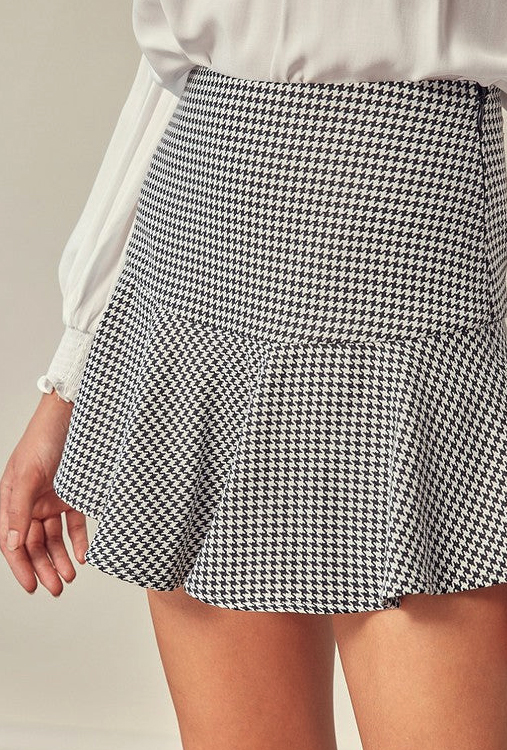
These dresses are made to fit your waist and then gradually flare out towards the hem. A-line dresses are excellent for minimizing thighs, hips, and midsections while pulling the eyes to your bust. This style of dress is a great fit for almost any body type. There's a reason why so many brides settle on A-Line dresses for their big day! With plenty of varieties, this is a kind of dress that you can wear again and again.
SHOP NOW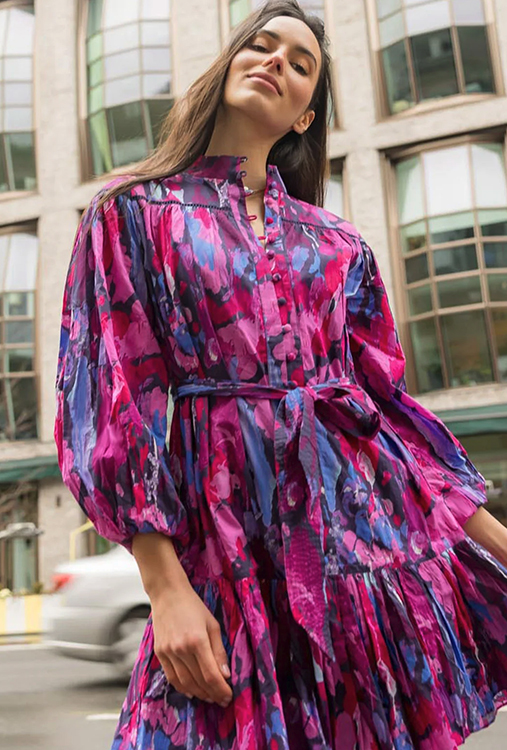
Like the A-Line style, empire dresses are made to fit through your bust. Rather than creating a distinctly angular shape like the A-Line, the Empire style flows from the bust down. This is another kind of dress that fits many body types. From curvy to apple body shapes, the Empire draws focus to your bust and minimizes everything else. For lovely ladies on the shorter side, this style defines your silhouette, especially if you choose a maxi length dress.
SHOP NOW
A throwback to the roaring 20's style flapper dresses, Drop Waist dresses look best on lean, athletic bodies that don't have too many curves in the hip area. The key to pulling off a Drop Waist style dress is to ensure that it's not hugging you. This dress is best worn when it is able to hang freely on your body.
SHOP NOWOnce you know the kind of waist that fits your body type, it's time to find your shape. A few of our most popular dress shapes include:

Any clothing store for women in Laurel Bay, NC, worth its salt, will have plenty of fit & flare dresses for you to try. This common-shaped dress is one of the most popular on the market, mainly because they look great on every woman, regardless of age or shape. A timeless choice, fit & flare dresses fit through the bodice and flare out just below your hip. This helps develop a balanced, slimming silhouette for most women. If you want to accentuate your best assets and hide everything else, ask our experienced fashionistas to show you some the most popular fit & flare dresses at Copper Penny.

Time to start doing your happy dance! Fit & flare dresses have very balanced proportions, making them a true winner for every body type. Women with athletic builds love this dress for the extra curves. Women with apple-shaped bodies love how fit & flare dresses define their waistlines. Because this dress already looks like an hourglass on the hanger, it will be a natural fit for ladies with such a figure.
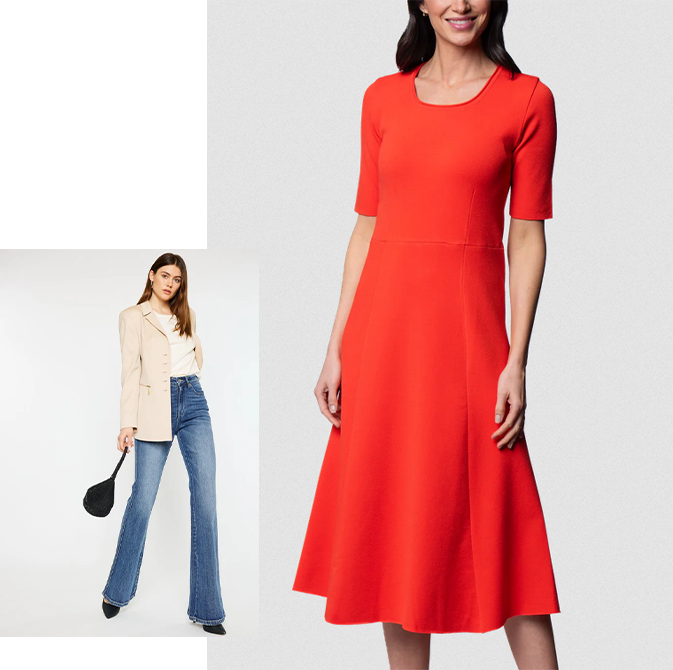

Shift dresses are typically rectangular in shape and tend to be comfy and forgiving since they aren't fitted. Also called a column dress, the shift dress is a great choice for polished professionals needing a conservative, fashionable outfit for work.

These dresses look fabulous on women with athletic, lean shapes and women with an apple-like figure. This kind of dress doesn't work well with a belt, so ladies with an hourglass figure may not be able to show off their curves in a shift. Try pairing this dress with a nice pair of heels for a beautiful new look!


Wrap dresses are one of the most popular styles on the market, because they give ladies of most shapes and sizes a flattering, fashionable dress option.

If you have an hourglass, apple, or generally curvy body shape, you're going to love wrap dresses. This style of dress offers a natural waist while placing emphasis on your bust. Wrap dresses give you a balanced silhouette and, with a knee-length fit, are great for any type of color or style, both day and nightwear.

Unless you're feeling extra sassy, chances are you're wearing a top at this very moment. Tops are garments that cover the top half of your body. At Copper Penny, we have an endless selection of tops in a wide range of styles - from basic tees to blouses and everything in between. If you're looking for the highest quality women's tops in Laurel Bay, NC, you just hit the jackpot!
With that said, finding the right top for the right occasion is easier said than done. However, at Copper Penny, we make finding the right top fun. Whether you're looking for a top that makes a statement or you need a classic button-down for a subdued style, we've got your back. We only carry the most popular tops from the best brands and designers around the world.
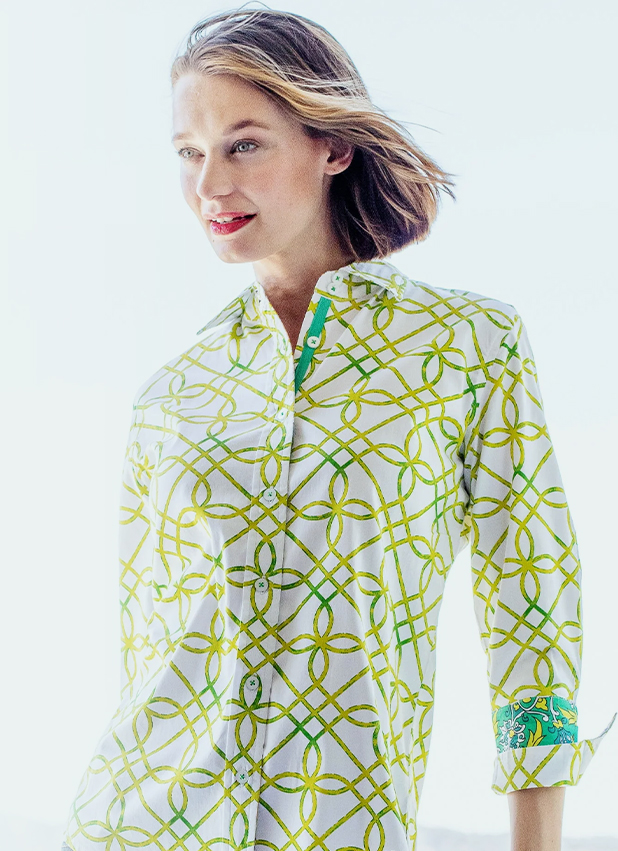
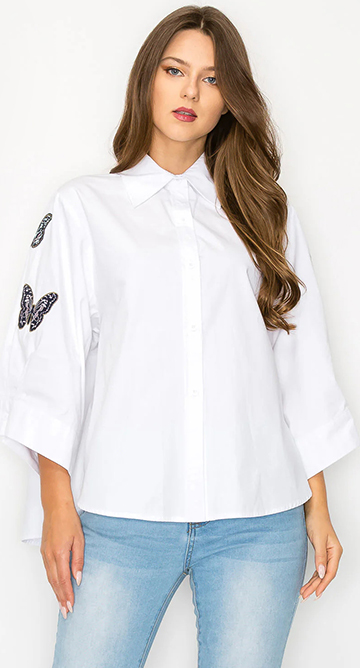
Sometimes called broadcloth tops, poplins have classic characteristics and are often woven with an over/under weave. This kind of weave gives more substance to your top while also giving you room to breathe. Poplin shirts are typically soft and smooth, and are great for everyday business attire, some formal occasions, and for certain ceremonies. Sweet and feminine, our Bruna poplin eyelet bib top features ruffles at the sleeves and an eyelet lace yoke at the front. Pair your poplin with your favorite pair of shorts or jeans for a contemporary, relaxed look.
Shop Now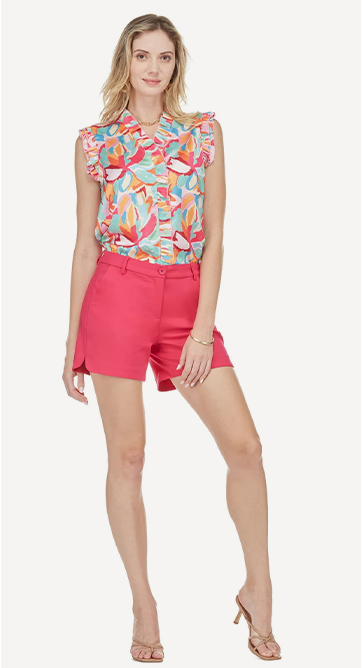
Great for wearing solo or layered over a camisole or tank top, wrap tops are lightweight, versatile, and great for many different occasions. Wrap tops go well with jeans, maxi dresses, and high-waisted jeans or trousers. Our V-Neck Wrap SLV Top by Jayden is uber-popular at Copper Penny and the perfect choice for dressing down or dressing up. The choice is yours!
Shop Now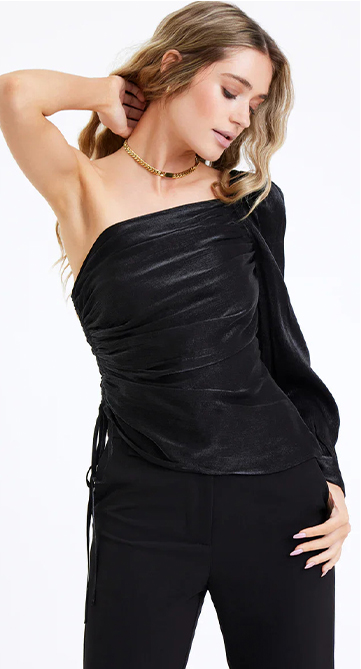
For a dose of feminine fashion, be sure you add an off-the-shoulder top to your everyday wardrobe. A casual, sexy choice, off-the-shoulder tops have unique necklines that cut across your upper arms and chest, leaving your shoulders bare. The result is a flirty flash of skin, which elongates your neck and gives a relaxed, "daytime casual" look. Our Nola off-the-shoulder top pairs perfectly with shorts or even a flowy skirt and is hand-woven in Spain using Jacquard fabric.
Shop Now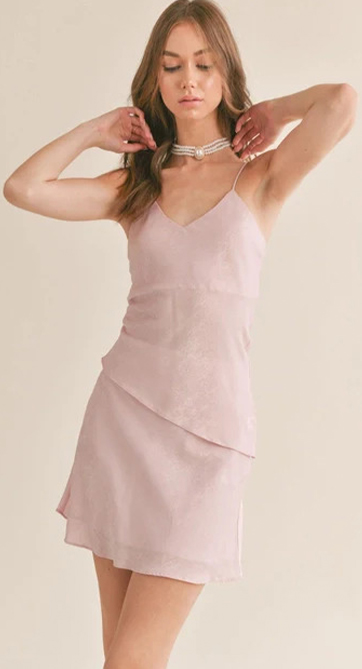
Who doesn't love a good tank top?! Tank tops are lightweight, versatile, and equally great for lounging in the yard or running errands on weekends. Tank tops lend an air of simplicity to your outfit and can be styled in endless ways. Take our Velvet Heart Victory Tank, for instance. This tank is a refreshing update on our classic sleeveless tank top, complete with fray details and a scoop neck. Throw in the fact that it's machine washable, and you have a wardrobe winner.
Shop NowHaving trouble finding the best top for your size and style? As the most trusted women's clothing boutique in Laurel Bay, NC, Copper Penny has helped women discover new looks in the Lowcountry for more than two decades. We take pride in providing a personalized, boutique experience for our customers. If you have questions, give us a call or swing by one of our locations. We would be happy to give you our professional opinion.
Until then, here's a quick guide you can follow to help you find the right fit for your women's top in Laurel Bay:
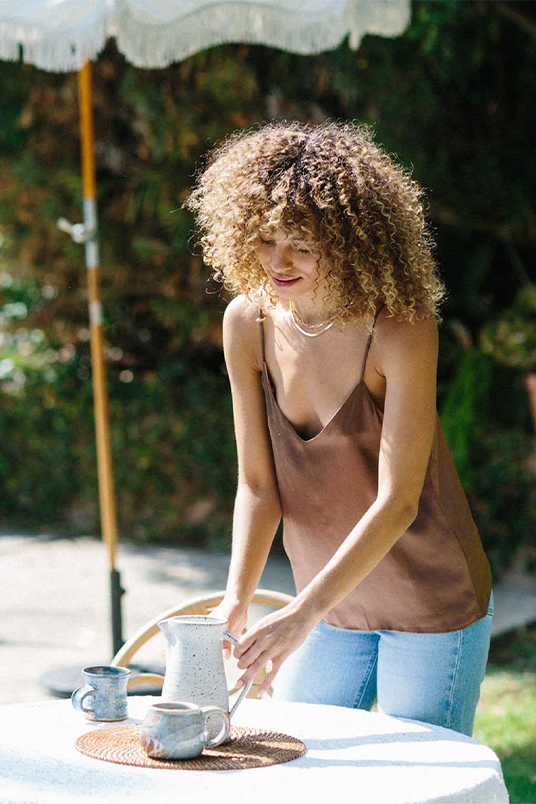
When choosing a women's top for your outfit, you have to consider how comfortable, confident, and beautiful you will feel. The best way to feel your best in an outfit is to make sure it fits correctly. To get started, you'll want to take your measurements. For most women's tops, the best areas to focus on are your hips, waist, and chest.

Hip Measurements: Measuring your hips is fairly easy. Take your measuring tape and use it to wrap around the widest area of your hips.

Waist Measurements: Take your measuring tape and place it at the very top of your hip bone. Wrap it all the way around your body. Try to keep your measuring tape in line with your belly button. For the most accurate measurements, stand up straight and breathe normally.

Chest Measurements: For an accurate chest measurement, take the end of your measuring tape and place it on the fullest area of your bust. From there, wrap the tape around your body, under your armpits, and around the blades of your shoulders. Then, wrap the tape tightly from the back of your body to the front, where you started.
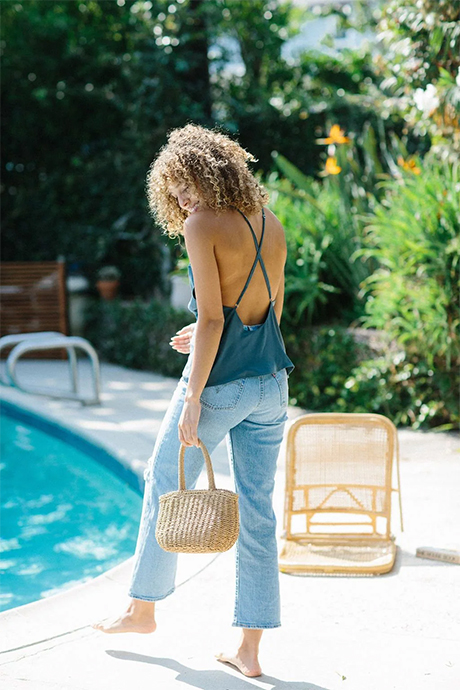
Swing by Copper Penny and ask one of our friendly sales associates to help you out! While you're there, don't forget to check out our huge selection of women's tops in Laurel Bay, NC.
Looking to take your style to the next level? You can also get in touch with a personal stylist directly from our website. With a personal stylist by your side, you can find stunning looks for specific occasions, using comfortable clothing in your favorite colors and cuts. Copper Penny is your one-stop-shop for fashionable, fun, fabulous designer clothing in Laurel Bay. But don't take our word for it's come see for yourself!
Weather, repairs, and wildlife management activities have led to the temporary closures of several refuge roads to vehicles and/or general public access. The descriptions below summarize current road status as of February 10, 2025. A complete map of the refuge can be found in the Refuge Tearsheet....
Weather, repairs, and wildlife management activities have led to the temporary closures of several refuge roads to vehicles and/or general public access. The descriptions below summarize current road status as of February 10, 2025. A complete map of the refuge can be found in the Refuge Tearsheet.
The refuge is open during daylight hours (half an hour before sunrise to half an hour after sunset).
The Upper Creef Unit, which lies east of Milltail Road and north of Link Road and includes Gadwall, Bobcat, Creef, Sprigtail, and Peterson Roads, is closed to all public entry to provide sanctuary for wintering waterfowl and other wildlife.
The Lower Creef unit, between Link, Bear, Borrow Pit, and Long Curve Roads, has been re-opened. This includes Grouse Road, Link Road, and Bear Road. There is currently no stopping, standing, or parking on Link Road, on Grouse Road, on Bear Road, and on Long Curve Road between Milltail Road and Link Road. While observing wildlife on this section of road, do not stop, get out of your vehicle, or linger in one area.
These restrictions are necessary due to growing visitation pressure on both red wolves and black bears in this area. Some visitor behaviors change wildlife behaviors and lead to an unnatural comfort level of red wolves and bears around people and vehicles. These behaviors include closely approaching wildlife, following wildlife, and remaining in one spot for long duration. When humans and vehicles remain in one place for long periods of time, animals are unable to use the area without human presence. Human presence can prevent animals from using important foraging habitat and can force animals into close contact with humans, increasing the risk of habituation.
Human habituation, or acclimating to the presence of people, reduces wildlife’s normal elusiveness and fear responses. Instead of avoiding areas of human activity and fleeing at the sight of people, the animals may choose to approach or remain closer than is natural. Acclimating to people may increase the likelihood of incidents that are detrimental to their survival, such as the vehicle strike mortality of red wolf 2323, the breeding male of the Milltail red wolf pack.
Please be mindful of your behaviors and actions at all times when on the refuge. On a National Wildlife Refuge, the welfare of plants and animals and their habitats come first. Follow these viewing guidelines:
Be careful when driving to protect wildlife as well. Be sure to always follow the speed limits and watch for wildlife that may dart into the road. When you want to stop to watch wildlife, pull your vehicle to the side of the road, do not block traffic, and move on once you've had a good look.
Red Wolf Recovery Program staff will be continually monitoring red wolf activity in the area of the closures throughout this time period. The most reliable source for current information about red wolves is the Red Wolf Recovery Program website.
The Twiford Unit is the area between Milltail and Buffalo City Roads. The Twiford Unit is currently closed to all public entry through February 28 to provide sanctuary for wintering waterfowl.
The Laurel Bay Unit is the area west of Buffalo City Road and is open to vehicle traffic during the month of February. Road conditions may vary depending on weather; use caution when driving. Please respect and obey all signs.
High water levels or heavy rainfall may lead to flooding at the end of Buffalo City Road. When flooding is present, please turn around before the end and do not drive in standing water.
Grassy Patch and Dry Ridge North Roads are currently closed to all public entry for refuge management activities.
Motor vehicles
Public access
Roads
Visitor services

